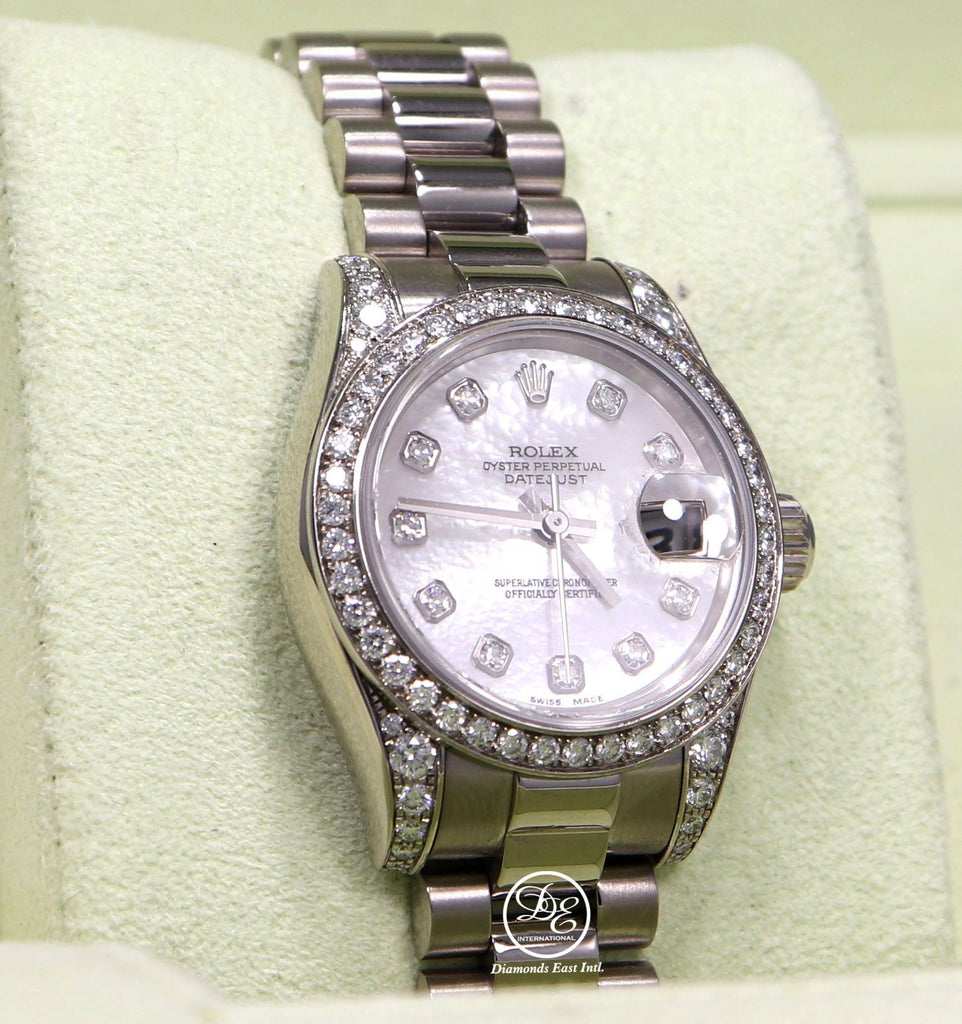

The dial surface is finished in a sunburst pattern with line disseminating from the center, over the years this finish has remained remarkably intact. These three really stand out on the dial due to their additional texture and call out the quarter hours with ease. More on those hour markers, of course, the crown is used at 12 o'clock, and at most hours are applied gold dagger shapes, but at three, six, and nine o'clock are more substantial ridged markers. Combined with the hour markers, the watch has a very Fort Knox feel to it – it just works, especially on a nice strap.

This example features a case-matching gold-tone or champagne dial. This watch works magically on the wrist as a simple but elegant all-gold Rolex. Both references lived in the shadow of the more well-known Datejust when they were produced and are therefore extremely rare to come by. The logic behind having two separate references is actually similar to the phenomenon observed with the Datejust: The 1012 has a smooth bezel, while the 1013 boasts the famous fluted bezel. 10 came in solid gold, either yellow or rose. While the 10 were made solely in stainless steel (with the 1016 Explorer being the most renowned of the bunch), the ref. These offer the same 36mm diameter as a regular Datejust, but none feature a date window. In the 1960s Rolex Oyster Perpetual line there are references 1012, 1013, 1016, and 1018. Why This Watch Matters This 36mm Rolex Oyster Perpetual in 18k yellow gold has just the right amount of wrist presence for a well-balanced look without feeling over-the-top.


 0 kommentar(er)
0 kommentar(er)
